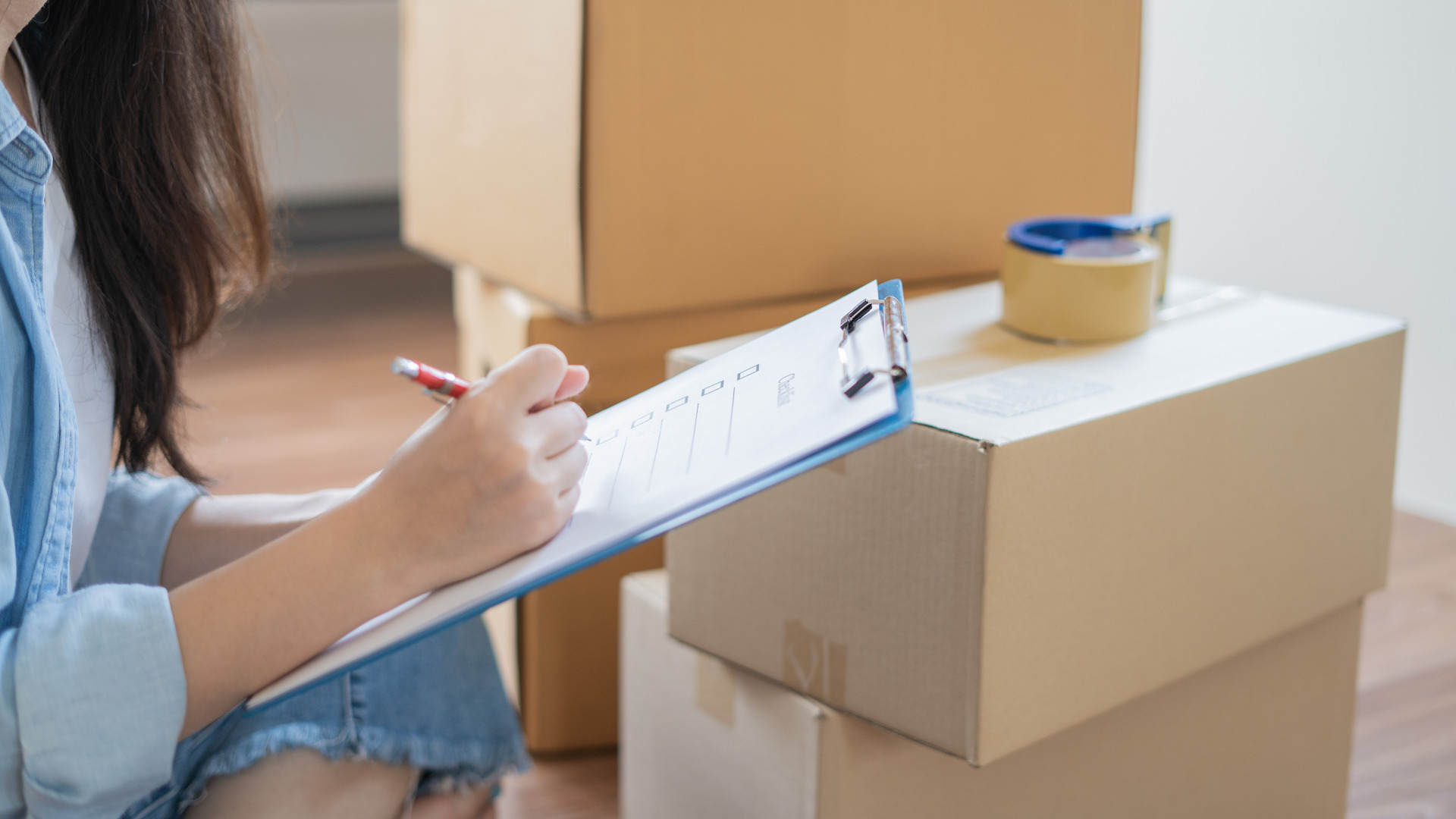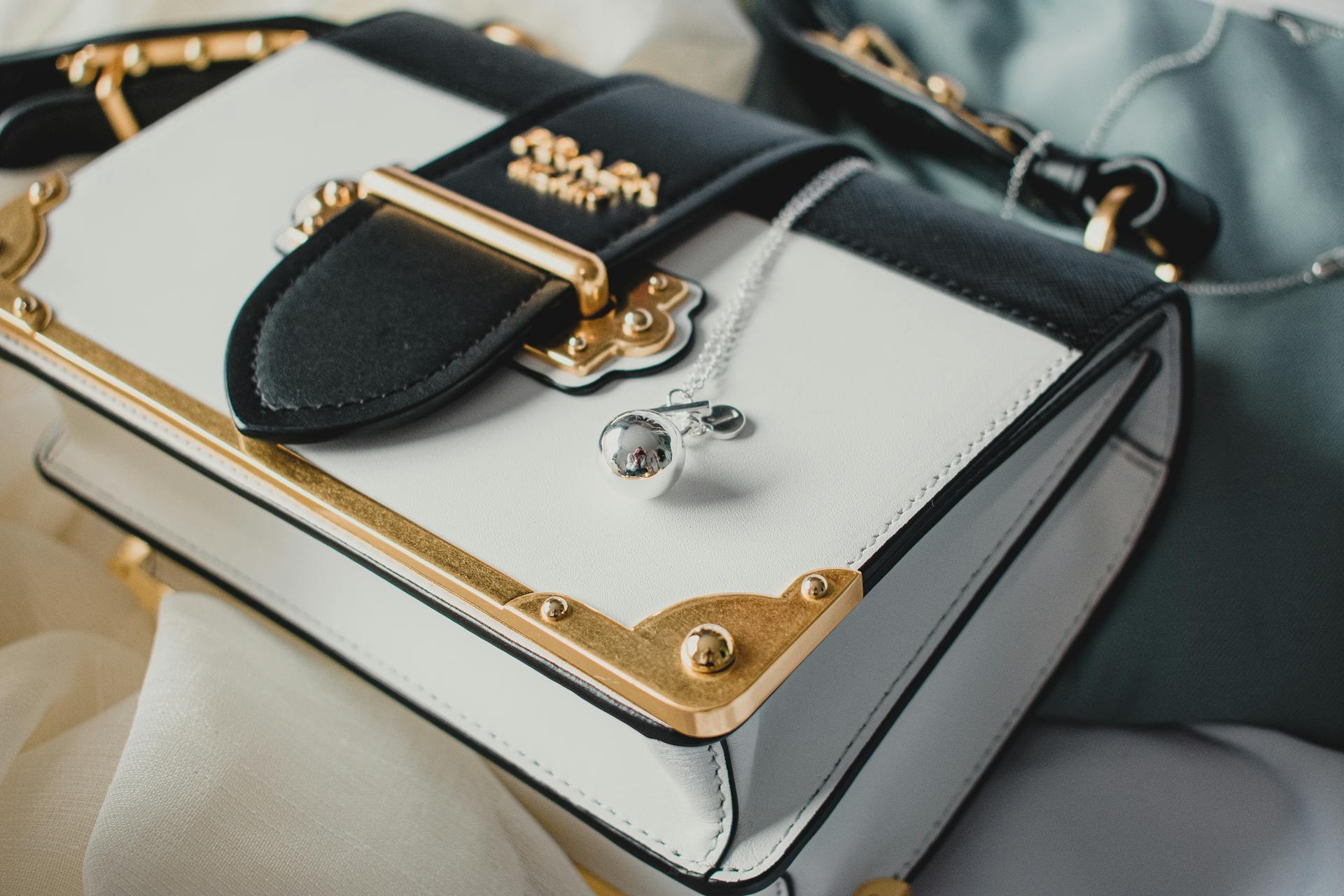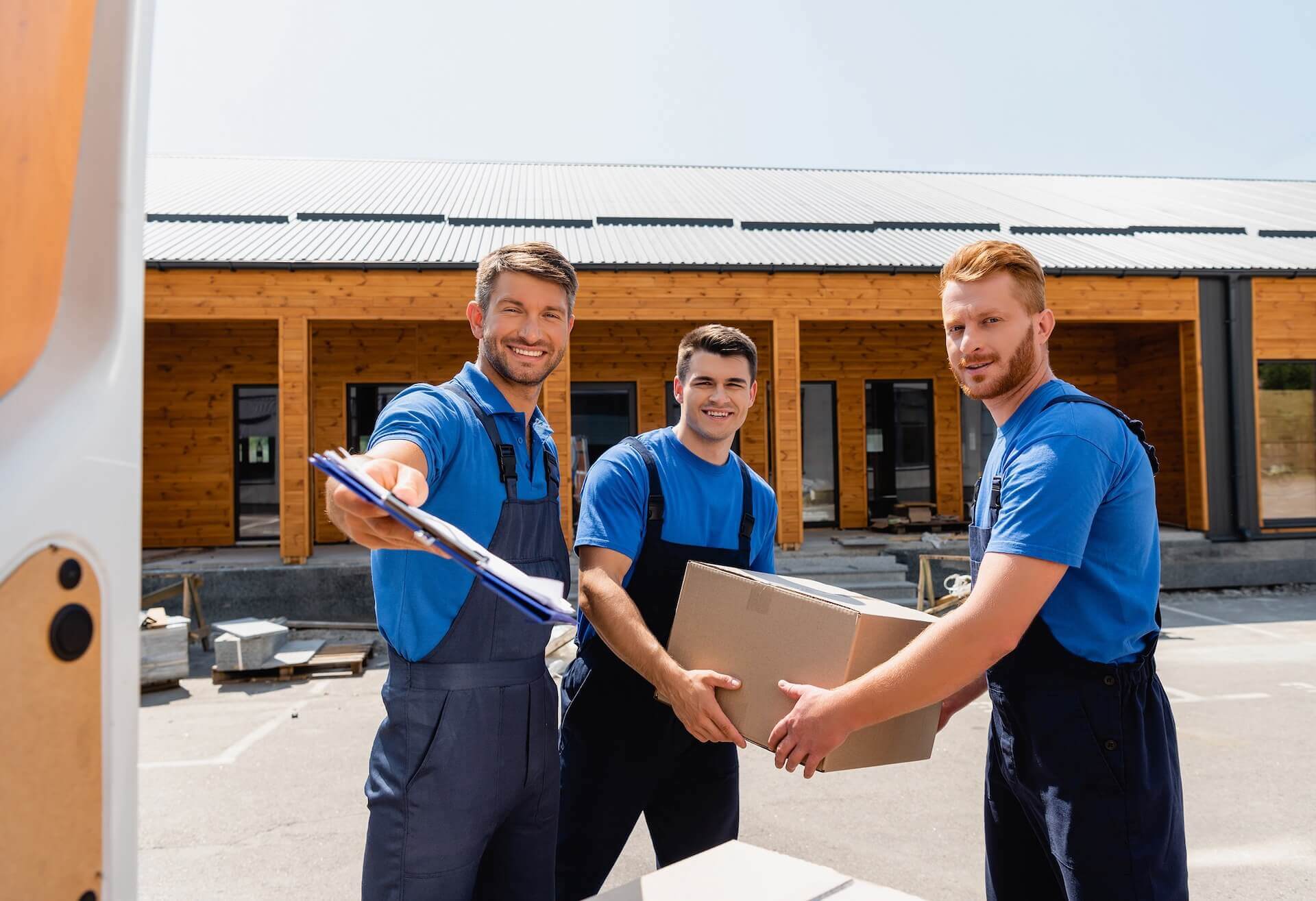Planning an international move is a thrilling yet complex venture, especially if you have children. When it comes to ensuring a seamless transition for your kids, knowing how to pack toys for moving is essential. Join us on this journey to make your child’s playtime treasures travel securely to your new destination across the world.
How to Pack Toys for Moving Abroad?
When boxing up your child’s playthings for relocation, start by sorting and selecting which items to take, focusing on those most loved or used pieces. Clean and, if necessary, disassemble the toys for more compact packing. Use sturdy boxes and cushion fragile objects with bubble wrap or packing paper. Vacuum bags are great for plush ones to save space.
Label each box clearly, indicating it contains items and handling instructions if needed. Remember to check the destination country’s customs regulations for any specific requirements or restrictions on certain objects. Lastly, hire a reliable international moving company and don’t worry about anything.
Start With Assessing and Sorting the Toy Collection
Relocating across the world requires a thoughtful approach to wrapping, especially when it comes to your child’s cherished playthings. Research shows that most kids in the US play only with 20 or fewer playthings they own at home. To ensure a stress-free transition, begin with the crucial step of assessing and sorting the toy collection. This is one of the international moving tips as the initial phase sets the foundation for an organized and efficient packing process that prioritizes the safety and enjoyment of your little one’s playthings.
Decide What to Keep, Donate, or Throw Away
Dealing with children’s toys in international transport can be stressful and time-consuming while deciding what to keep. Although you have all the help from professional movers and their packing services, ensure you consider the emotional attachment your child has to each toy. Simultaneously, factor in the practicality of bringing specific items on an international journey. Items that may have outlived their playfulness or are no longer age-appropriate could find new homes.
Organize Playthings by Type and Size
Moving stuffed animals means you have to organize them by type and size. This systematic approach not only streamlines the wrapping process but also facilitates an easier unpacking experience at your new destination. Group similar objects together, such as plush, action figures, and electronic playthings. Then, create a detailed inventory list to keep track of each category, making unpacking a breeze.
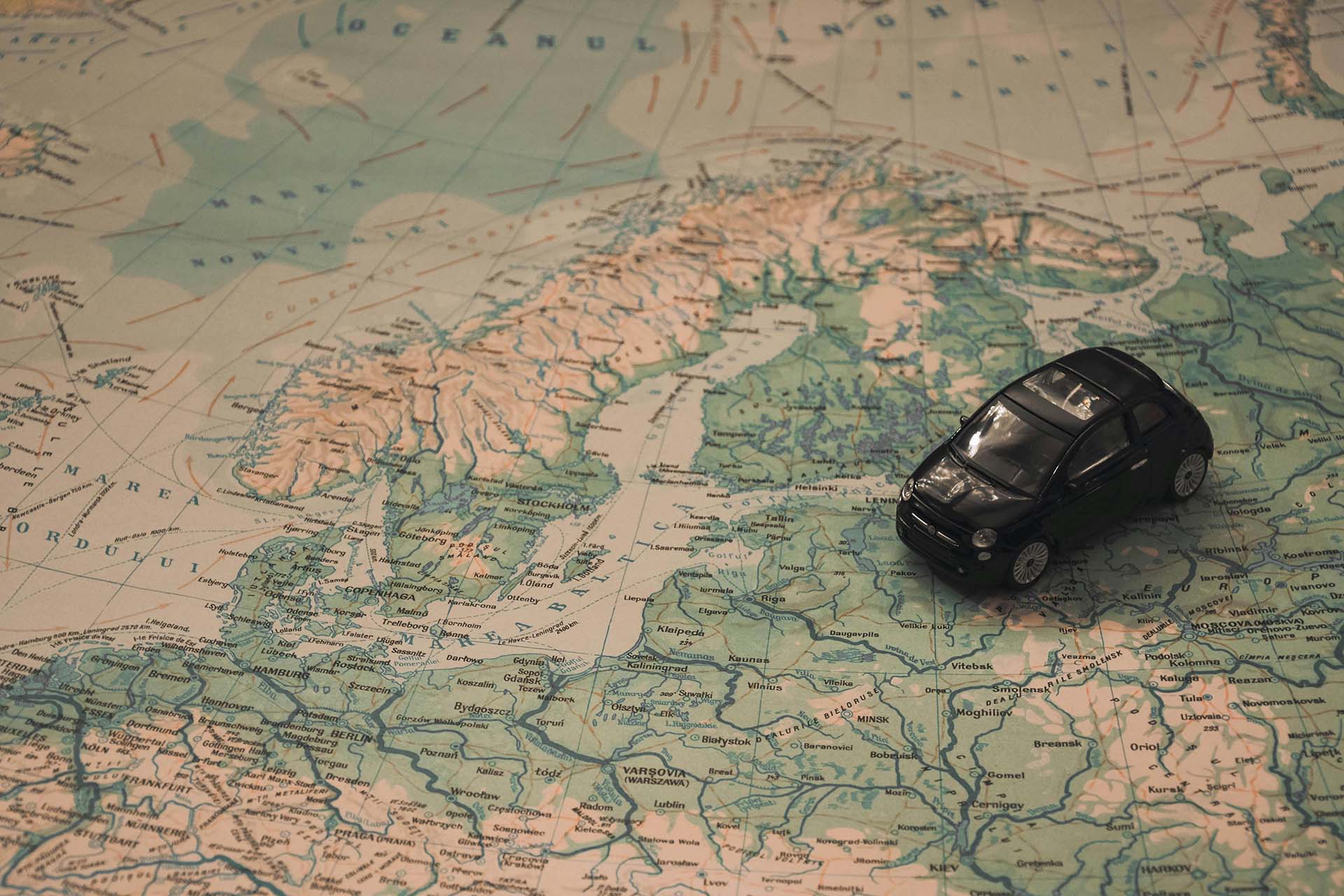
Gather the Essential Wrapping Materials for Toys
One of the essential steps when figuring out how to wrap a stuffed animal and any other plaything is gathering the essential wrapping materials. In fact, this step can’t be overstated. Ensuring the safe journey of these beloved playthings begins with a meticulous selection of protective supplies.
Sturdy and appropriately sized boxes accommodate the diversity of toy shapes and sizes. Materials like bubble wrap provide a protective embrace for delicate items, shielding them from bumps and jostles during transit. To avoid missing something, here’s all the secure toy packaging you will need:
- Sturdy boxes – Opt for boxes that match the size and weight of the object, preventing damage due to overcrowding or excessive space.
- Bubble wrap – Wrap delicate playthings in this protective material for an additional layer of protection.
- Packing peanuts – Fill empty spaces within boxes to minimize movement and reduce the risk of damage during transit.
- Other materials – Depending on the nature of the playthings, consider additional wrapping materials such as packing paper or specialized packaging for specific items.
Get Specialty Packing Materials for Fragile or Valuable Toys
Certain playthings demand extra care and attention during wrapping, especially when they fall into the categories of collectibles, electronics, or fragile items. Handling these treasures requires a specialized approach to ensure their safe arrival at your new destination. The art of preserving collectibles, safeguarding electronics, and protecting delicate items lies in having various materials.
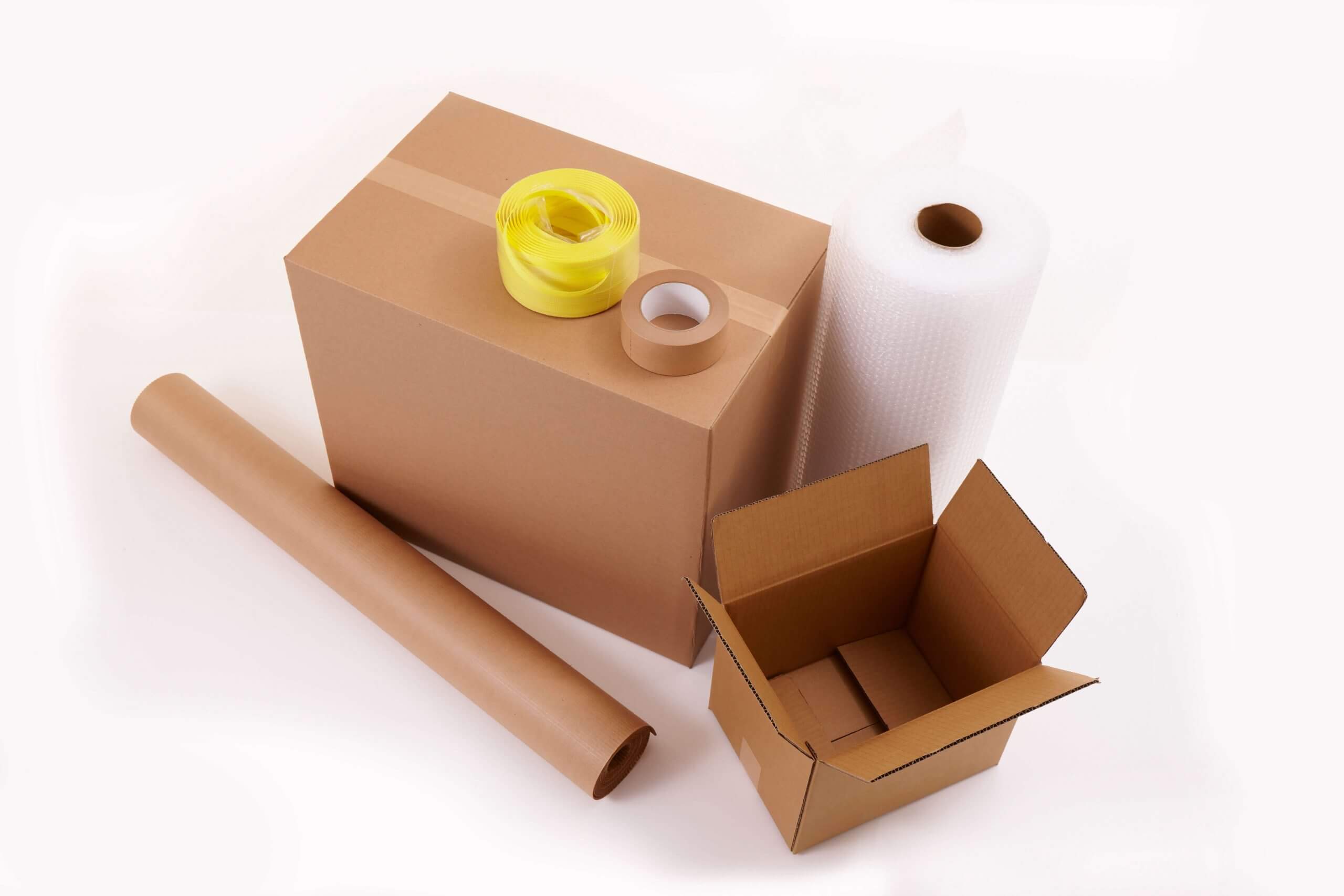
Step-By-Step Guide to Packing Different Types of Toys
Whether it’s the soft embrace of plush playthings, the delicate features of dolls, or the intricate world of small playthings and figurines, each category demands a tailored approach if you want to relocate efficiently. Here’s the step-by-step guide on how to preserve the shape, protect small pieces, and ensure the safety of electronic and battery-operated playthings throughout the journey.
Preserving the whimsical shapes and intricate features of plush toys and dolls is an art that requires attention to detail. Begin by gently folding them to maintain their original form, securing them in plastic bags or wraps to shield them against dust and dirt. For dolls with delicate features, extra care is essential – consider placing them in sturdy boxes with ample padding, ensuring their safe arrival at your new destination.
To protect these playthings, use small, compartmentalized containers to keep tiny pieces together, preventing loss or damage. Consider adding padding within boxes to minimize the risk of breakage during transit. By adopting these strategies, you’ll ensure that each small toy arrives at your new home intact and ready for play.
The safety of electronic and battery-operated playthings during shipping overseas requires careful consideration. Here’s how to ensure your child’s electronic companions arrive in working order, ready for continued enjoyment in your new home.
- Remove batteries – Take out batteries before protecting them to prevent leaks or damage.
- Secure wires – Bundle and secure wires to prevent tangling during transit.
- Use original packaging – If available, use the original packaging for extra protection.
Label Each Box and Stay Organized With the Master Inventory List
Moving with children surely adds to your relocation stress, but when you know the easiest way to pack, the whole process will go swiftly. Efficiently navigating the unpacking process starts with a meticulous approach to labeling and organizing your child’s beloved toys. Keeping track of what’s packed and where it’s located is the key to an organized move.
You want to develop a master inventory list that details the contents of each box, along with its designated room. Of course, knowing how stressful relocating is, you may want to avoid all that and get the help of an overseas shipping company like I Love International Moving. We have all the services you need and even offer the use of our secure storage unit for 30 days completely free.
Employ Efficient Labeling Systems
A well-devised labeling system is the linchpin of a smooth experience. Implement clear and informative labels on each box, indicating the specific toy category or contents. Color-coded labels can add an extra layer of organization, making it easier to identify and access things in the box as you settle into your new home. These methods not only simplify the unpacking process but also help create a sense of order amidst the excitement of a new environment.
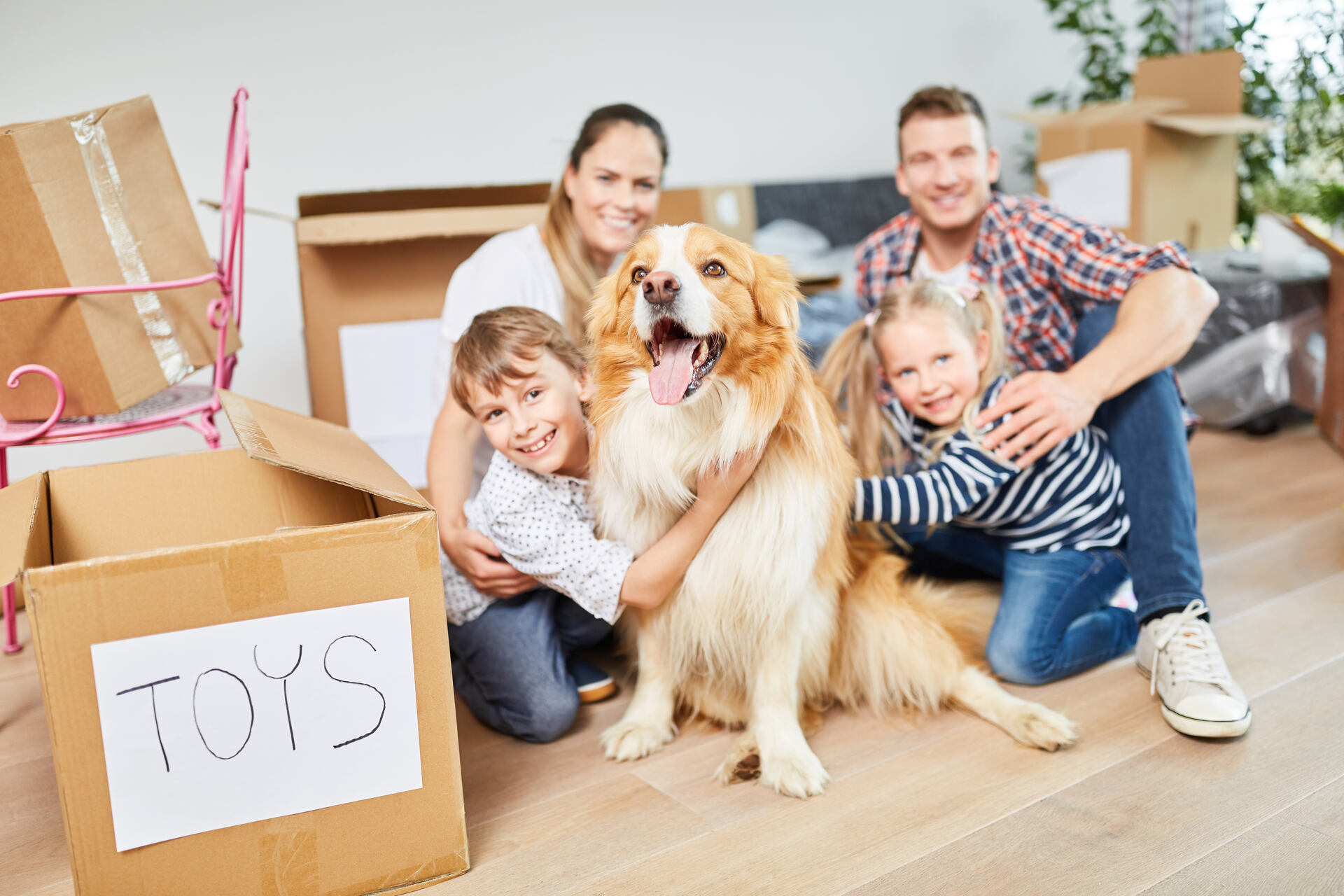
Check the Specific Customs Regulations When Transporting Toys Internationally
Embarking on an international move with your child’s cherished items requires careful consideration of the logistics involved. Research the specific customs regulations at your destination, considering any restrictions on certain types of toys or materials. Be aware that customs regulations for shipping these objects internationally may vary significantly depending on the countries involved.
Choose the Right Overseas Shipment of Toys
The type of shipping directly impacts the safety, cost, and timeliness of their arrival. The right shipping method should align with your budget, timeline, and the nature of the playthings being shipped. It’s also important to factor in the reliability and track record of the overseas moving company. That way, you can rest assured that the kids’ treasured items will arrive in one piece and on time.
Unpacking and Setting up Toys at Your New Home After Moving Internationally
Once you arrive at your new home, the process of unpacking and setting up playthings can greatly influence how quickly your family settles in. Begin with organized unpacking strategies, prioritizing the unpacking of playthings that your children most frequently use or are deeply attached to.
This approach not only provides immediate comfort to your children but also helps in gradually introducing them to their new environment. As you unpack, involve your children in the decision-making process of where their things should go, fostering a sense of ownership and familiarity.
Create a welcoming space for play by designating a specific area in your new home. This space should be safe, easily accessible, and, if possible, adaptable to various types of play. Decorate it with familiar and comforting items, like a favorite rug or pictures from the previous home, to create a sense of continuity.

Ensuring a Smooth Transition with Expert Moving Assistance
Remember, the key to a smooth move is in the details – from selecting the right playthings to pack to choosing the appropriate shipping method and setting up a welcoming new play space. If you’re looking for expert assistance to make your international move as seamless as possible, don’t hesitate to reach out to I Love International Moving. Our team of professionals is dedicated to helping families like yours relocate with ease and confidence. Contact us today to start planning your stress-free move.
Pack playthings in sturdy boxes, using bubble wrap, packing paper, or foam for fragile items. Securely tape boxes and label them as ‘Fragile’ when appropriate. For extra protection, consider using professional packing services and opting for moving insurance.
Use space-saving packing methods like vacuum bags for plush playthings. Disassemble larger objects and consider sea freight for non-urgent shipments, as it’s usually more economical than air freight. Sell or donate those that are not worth the cost of moving.
Ensure you have a detailed inventory of the playthings, including their value. Research and comply with the destination country’s import regulations for playthings. Declare the playthings accurately to customs officials, and be prepared to pay any applicable duties or taxes.
Avoid transporting large, fragile, or rarely used objects, as they can complicate the move. Also, consider leaving behind playthings that may not comply with the safety standards or cultural norms of the destination country, such as toy weapons or items that contain hazardous materials.
To help your child adjust, prioritize unpacking familiar playthings that can provide comfort and a sense of normalcy. Create a dedicated play space to make the new environment feel welcoming and familiar. Engaging in play with your child in this new setting can also help ease the transition.

